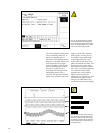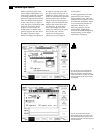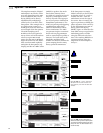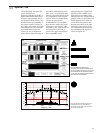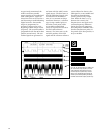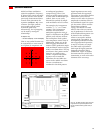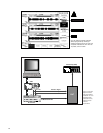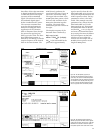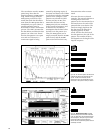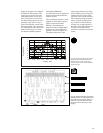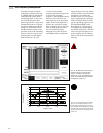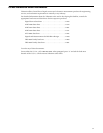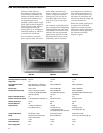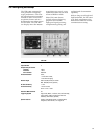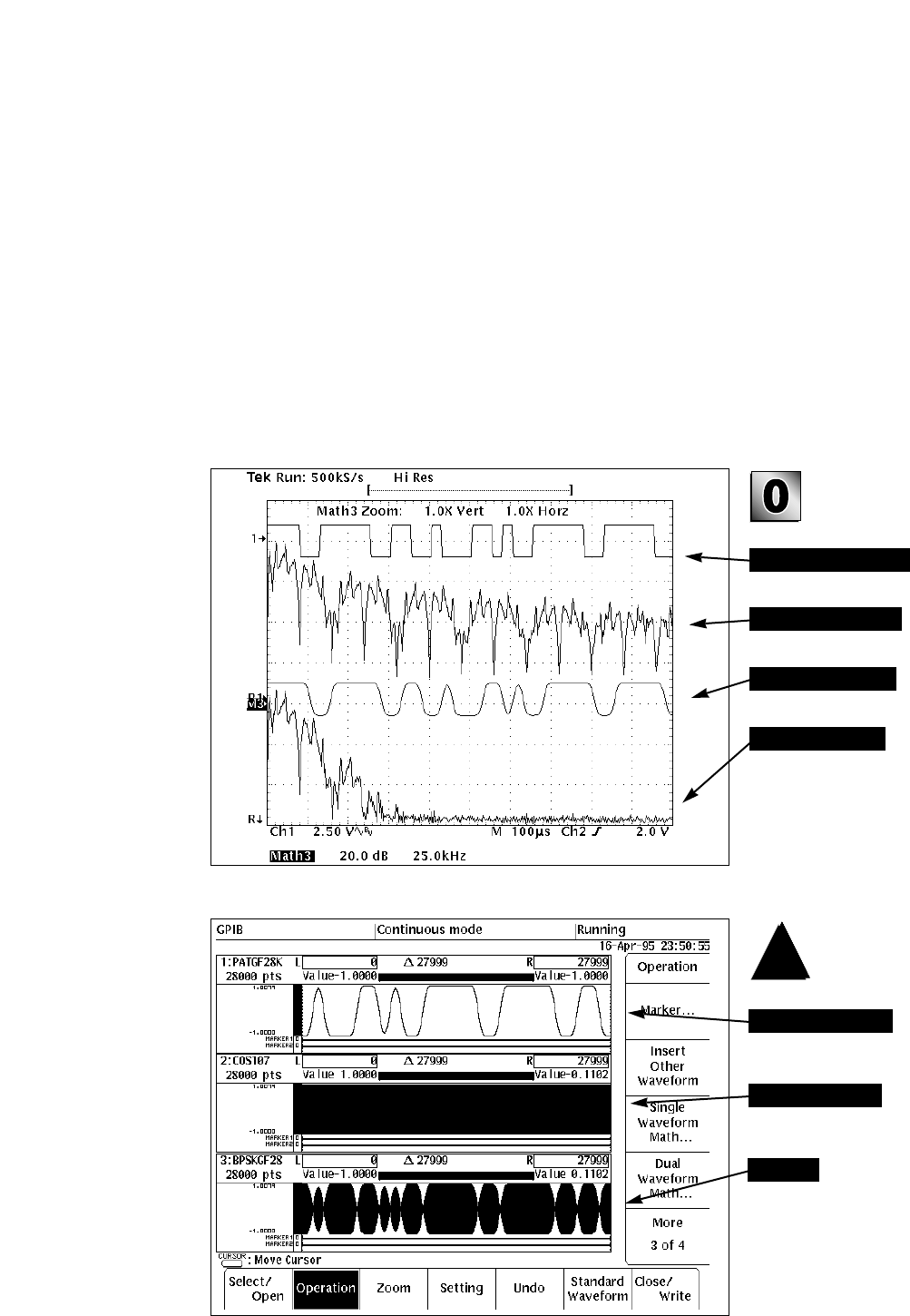
28
The convolution result is 30,000
points long. Note that the
impulse response is 2000 points
long, which is longer than the
1000 points per data bit. This
means that each data bit affects
more than the 1000 points that it
immediately occupies. Hence, a
possible anomaly must be
accounted for in the convolution
process. The AWG assumes that
the data before and after the data
pattern is 0. It does not “know”
that the data pattern is to repeat
over and over. However, a
continuous signal is being
created by adjoining copies of
the same waveform record. What
is to be done with the extra 2000
points? In the example, a data
pattern was selected in which
the last two bits are 00. This
means that the last two bits
(2000 points) do not contribute
to the convolved response, and
it matches the convolution
assumption that the data before
the first bit in the pattern is 0.
Thus, the 2000 points can be
simply removed from the 30,000
point record, and the 28,000
point record will not have any
discontinuities when concate-
nated.
Of course this was a selected
example. The general solution to
insuring that a convolved
pattern can be concatenated is to
add extra bits to the ends of the
pattern before convolution. The
extra bits simply duplicate the
bits that would be there for a
repeating pattern. In other
words, add the first few bits of
the data pattern to the end of the
pattern. The number of bits to
add depends on the length of the
impulse response.
Figure 36. The TDS 744A captures the filtered and
unfiltered data patterns and calculates their FFT
spectra. The data rate is 40 kbaud, and the
Gaussian filter has a 20 kHz bandwidth. The hori-
zontal scale on the spectra is 25 kHz per division.
Figure 37. BPSK with filtered data: The AWG
waveform editor performs the BPSK modulation
of the 10.7 MHz carrier with the Gaussian filtered
28-bit data pattern. Compare to Figure 27 where
the data was unfiltered: the transition time
between the two complementary phases has been
dramatically increased.
Unfiltered data pattern
FFT of unfiltered data
Filtered data pattern
Filtered data pattern
Carrier (10.7 MHz)
Product
FFT of filtered data



